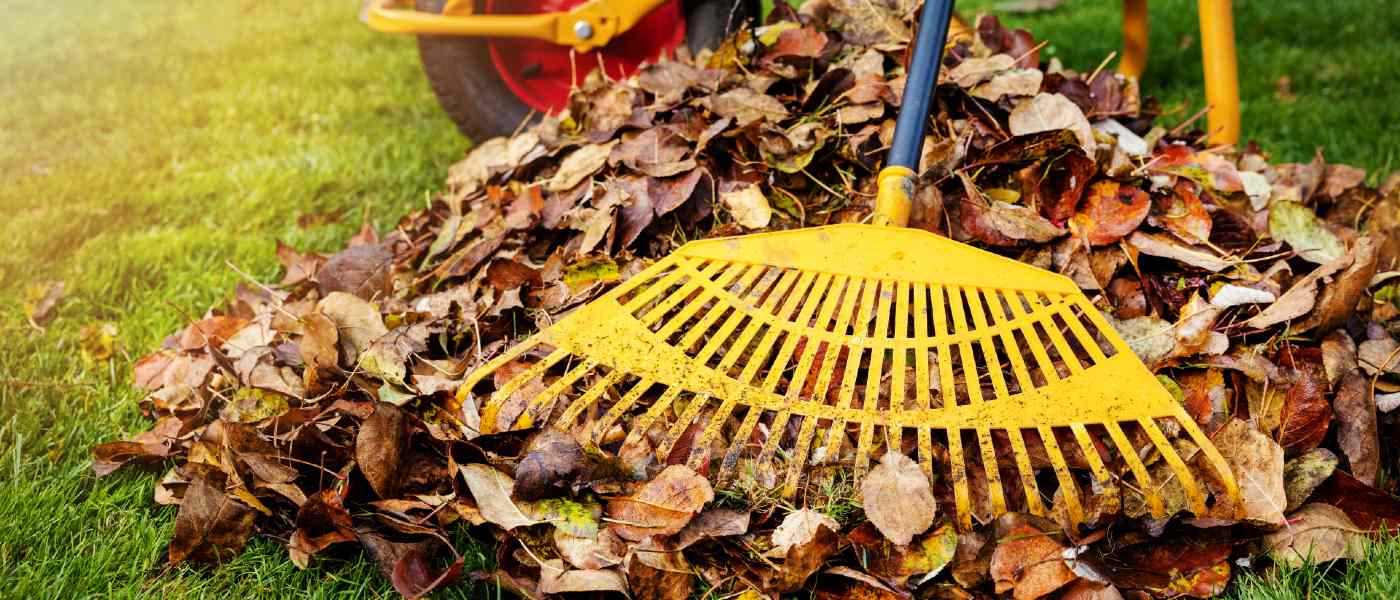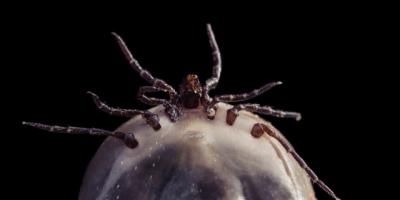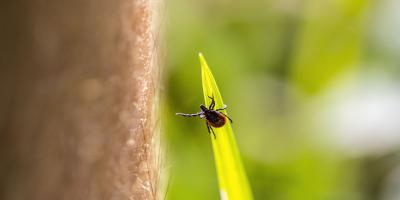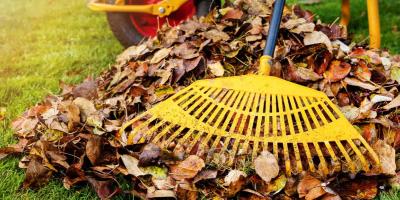Why Jumping in Leaf Piles is Now a Bad Idea

There are plenty of things that many of us remember doing as kids that were perfectly acceptable then, which now are frowned upon. From walking to the corner store without an adult to biking without a helmet; kids today have more restrictions because we know more when it comes to safety. Still, you might be surprised to know that it is also a bad idea to engage in this fall season tradition: jumping in leaf piles.
Just like we have found that it is much safer to wear a helmet before you hop on a bike, jumping in a pile of leaves could now be considered dangerous due to a 6,600% increase in Lyme disease in the last 25 years in Massachusetts.
Keeping your kids safe now includes keeping them out of leaf piles.
Safety First: Steer Clear of Lyme Disease
Lyme disease is the most common vector-borne illness that is transmitted from a tick bite. Tick bite? In the fall? Yes, don’t be surprised if you still find a tick or two on you even into the early winter! Especially when you are providing them with a perfect habitat right in your own yard. A pile of dead leaves and other plants creates the perfect breeding ground for ticks. If you are bitten by a tick that is infected with Lyme disease, you could experience symptoms such as headache, fever, and fatigue. These symptoms need to be treated as soon as possible, due to the fact that Lyme disease does not go away on its own and can cause damaging long term effects to the muscles, heart, and nervous system.
Take Care to Avoid these Ticks
The blacklegged tick is the primary culprit carrying Lyme disease. You can avoid these pests by fighting the urge to jump into your leaf piles, for starters. In fact, a recent study found that, “Fallen leaves provide blacklegged ticks with suitable habitat via higher humidity and lower temperatures within the leaf litter, as well as protection from exposure over winter.”
Other DIY tick-prevention tricks include tucking your pants into your socks and staying clear of heavily tick infested areas.
If a tick does find their way onto your skin, your best course of action is to remove it immediately (get the head!), put it in a plastic bag, and put it in the freezer. This way, you will preserve it and be able to have it tested for Lyme disease.
When You Just HAVE To Jump
Child or adult, sometimes we all just need to jump in a leaf pile. If you need to, we suggest waiting until the weather has dropped to at least 40 degrees. This way, the ticks will be most likely semi-hibernating and not looking for their next blood meal.
Best Practices for Leaf Removal
Blowing or raking the leaves in your yard to the forest's edge is just not enough protection from ticks; instead, mulch your leaves and completely dispose of them.
What is Mulching?
Mulching simply means the process of breaking down the leaves (think of chopping up lettuce for a salad) so that it is not such a big pile. This makes it easier to dispose of and also makes it less likely to have ticks stop by for a snack. Bonus perk: Mulching your leaves can actually provide a natural fertilizer for your yard.
Taking care of your lawn, and all of the leaves in and around it will help reduce your exposure to ticks. If you want to knock down the tick population in your yard by more than 90%, the best thing you can do is sign up for our tick services, which start in the spring.
Learn more on our tick page or request a free quote below.



